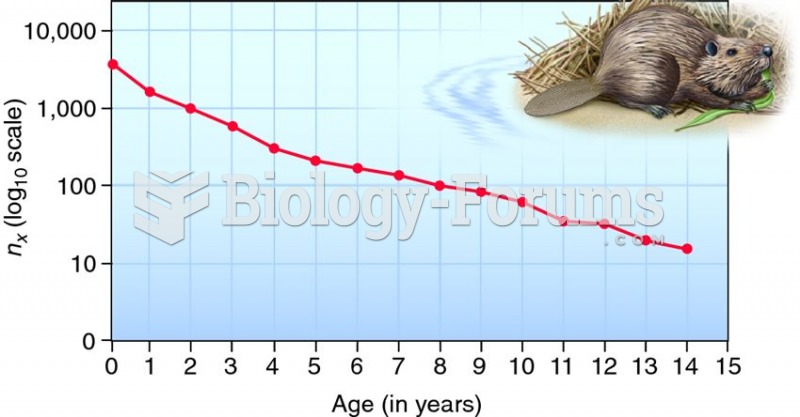This topic contains a solution. Click here to go to the answer
|
|
|
Did you know?
The Babylonians wrote numbers in a system that used 60 as the base value rather than the number 10. They did not have a symbol for "zero."
Did you know?
Cyanide works by making the human body unable to use oxygen.
Did you know?
Approximately 25% of all reported medication errors result from some kind of name confusion.
Did you know?
Blood is approximately twice as thick as water because of the cells and other components found in it.
Did you know?
Serum cholesterol testing in adults is recommended every 1 to 5 years. People with diabetes and a family history of high cholesterol should be tested even more frequently.







